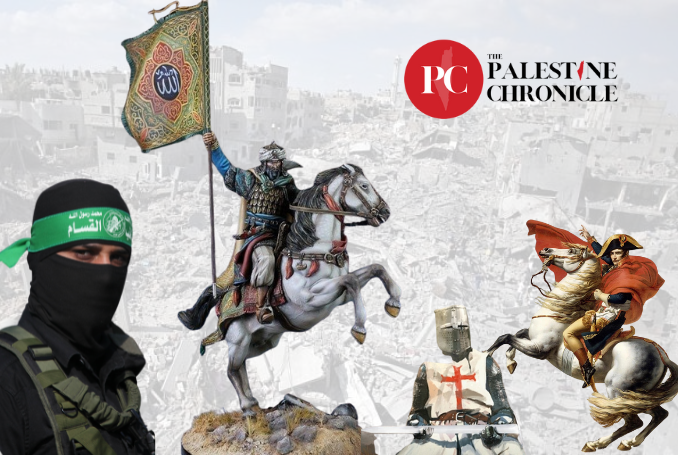
By Ramzy Baroud 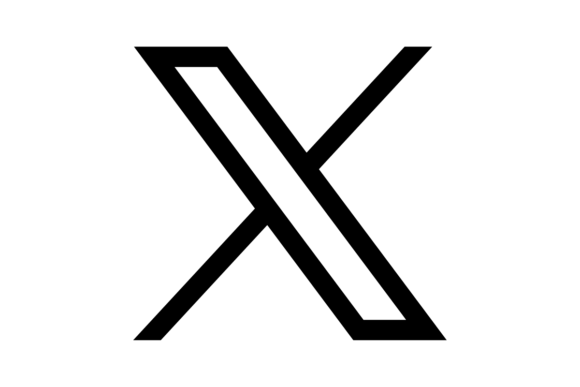
When Israelis claim that the only ‘solution’ to Gaza is displacing the Palestinians, they do not seem to have much knowledge of Gaza’s history.
Shortly before Palestinian fighters killed and wounded many Israeli soldiers in the Shejaiya neighborhood, east of Gaza City, on Tuesday, December 12, that very group of soldiers had a meeting at the outskirts of the town.
A video, which circulated widely on social media, showed one of the officers – later killed – vowing to avenge other Israeli soldiers who were killed in that very neighborhood in the 2014 Israeli war on Gaza.
The Shejaiya battle, in 2014, is believed to have been the most decisive battle between invading Israeli forces and Palestinian Resistance in Israel’s so-called Operation Protective Edge.
Back then, Israel admitted to the killing of 16 soldiers.
Shortly after that speech, the officers who vowed to avenge the dead soldiers of nearly ten years were themselves the victims of Resistance ambushes.
Al-Qassam Brigades, the military wing of the Hamas Resistance Movement, said that the number of Israeli soldiers who have died in three successive ambushes led by the Resistance, exceeds the number of casualties declared by Israel by far.
‘Difficult Event’
On Wednesday morning, the Israeli army said that eight soldiers, mostly officers, were killed in an ambush in Shejaiya. They include Col. Itzhak Ben Basat, a Golani Brigade’s commander, and Lt. Col. Tomer Greenberg – the soldier who was speaking in the video.
Later, the Israeli army stated that more dead and scores of wounded were also evacuated from Shejaiya.
Israeli Chief of Staff Herzl Halevi has described what has taken place in Shejaiya as “a difficult event”. Later on, an Israeli army spokesman said that they are investigating that “difficult event”.
But investigating may suggest that those soldiers were killed by chance, or through some kind of a miscalculation on the part of the Israeli army.
This is unlikely to be the case. According to the Israeli military, cited in Al-Jazeera, the Israeli army has been fighting the “deadly Shejaiya Brigade” for one week and a half, a battle that seems nearly impossible to win.
It is impossible to win because the fighting is taking place in areas that have been completely destroyed, and repeatedly so, by Israeli airstrikes. No one knows where the fighters come from, and where they disappear.
The Israeli military has itself reached the conclusion that the battle of Shejaiya cannot be won from the air, meaning through airstrikes.
But it does not seem to be winnable from the ground either, as a constant stream of news and videos continue to emerge from the Shejaiya area, of Israeli soldiers being sniped, tanks blown up and fierce battles, whose outcomes are almost always determined by Palestinian fighters.
It would not be an exaggeration to claim that the battle of Shejaiya is likely to be one of the main factors that will result in the defeat of the Israeli army in Gaza.
The Shejaiya legend, however, is hardly a new story, whose lifespan ranges from July 2014 to December 2023. So, what is the story of Shejaiya?
‘What’s in a Name?’
Shejaiya is one of Gaza City’s largest neighborhoods. It is located immediately to the east of the city and is divided into two areas, the southern area, known as Turkman, and the northern area, known as Jdeidah – the latter built during the Ayyubaid era – founded in the 12th century.
The etymology of the word Shejaiya is often misunderstood. The word indicates direct relation to the noun Shajaa’, meaning bravery. This explanation makes sense to many due to the obvious bravery of warriors emanating from this neighborhood throughout the years.
But historical sources suggest that the name is attributed to Shuja al-Din Othman al-Kurdi, a famous warrior who died in a battle between the Ayyubaids and invading Crusader armies in 1239 AD.
Gate to Gaza
Shejaiya’s military significance has been apparent for hundreds of years, partly because of Tell Al-Muntar, a strategic hill which lies in Shejaiya and is considered the gate to Gaza. Those who control Al-Muntar Hill have visual and strategic access to the entirety of Gaza City.
This is precisely why Napoleon Bonaparte fought to control Al-Muntar, and ultimately camped along with his invading army in the vicinity of the hill.
There, too, thousands of Allied soldiers, many years later, died near that very hill, which explains the World War I Graveyard in Gaza, one of many historical sites that tell of a much bigger story than Israel’s war and Tel Aviv’s declared objective of wanting to ‘eliminate Hamas’.
Even the very demographics of Shejaiya is rooted in a protracted story of invasions, bravery, and the ultimate defeats of the conquerors. Shejaiya itself is named after a Kurdish warrior, and one of its neighborhoods, Turkman, is named after the Turkman tribes, which joined Salah ad-Din al-Ayyubi – Saladin, in his quest to free Palestine from the Crusaders and their remnants.
In this very Shejaiya, triumphant armies cheered their victories, with their proud leaders mounting their Arabian horses on Tell Al-Muntar, gazing at Gaza City and its environs.
Also, in Shejaiya, Muslims, Jews, and Christians once lived side by side. Invaders came and left, and, subsequently, demographics changed. It is now a home to nearly 100,000 Palestinians, living under an unprecedented military siege, and, as of October 7, experiencing the most serious annihilation attempt ever tried by an invading army.
Secret of Shejaiya
Much is being said about Al-Qassam’s Shejaiya Brigades, one of the best trained and prepared Palestinian Resistance groups.
Like the Al-Shati Brigades and the Jabaliya Brigades, Shejaiya Brigades are mostly comprised of Nukhba forces, the elite units of Al-Qassam. This explains much about the fierce battles underway in the neighborhood.
Another explanation is that Shejaiya has suffered most during previous revolts and uprisings, especially during the First Intifada of 1987, which cemented the culture of resistance among its residents.
But there is more to the story than the ongoing genocide in Gaza and the brutality of the Israeli army.
Shejaiya’s story is one that is rooted in history, connecting the peoples of that whole region – Arabs, Kurds, Turkmans, Muslims, Christians, and Jews – thus accentuating the significance of history in how Palestinians, collectively, perceive themselves and their valiant Resistance.
When Israelis claim that the only ‘solution’ to Gaza is displacing the Palestinians, they do not seem to have much knowledge of that history. If they knew that those young fighters of Shejaiya are the descendants of the great armies that have defeated the Crusaders, fought the French and the British, they would have paused for a long time before thinking that Shejaiya will fall in a day, a week, or thousand years.
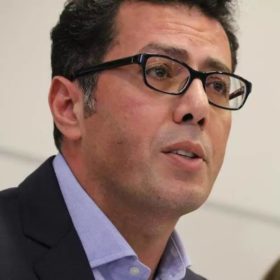
– Ramzy Baroud is a journalist and the Editor of The Palestine Chronicle. He is the author of six books. His latest book, co-edited with Ilan Pappé, is “Our Vision for Liberation: Engaged Palestinian Leaders and Intellectuals Speak out”. Dr. Baroud is a Non-resident Senior Research Fellow at the Center for Islam and Global Affairs (CIGA). His website is www.ramzybaroud.net



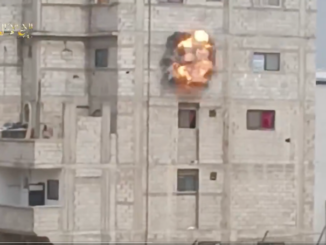
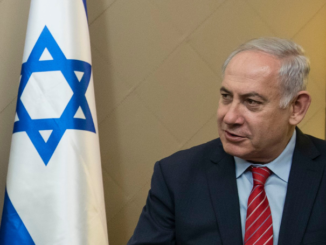
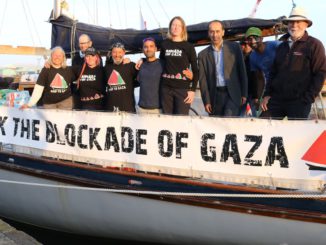


Israhell and their evil cohorts will be destroyed, God-willing,very soon
Insha Allah.
I am with the Palestinian RESISTANCE,FULLY, in SPIRIT if not in Presence only because I am 83 now but to the ZIONIST or any other ENEMY of Palestine, I state to that ENEMY: Myself, as a former IRISH member of an IRA Family, ” As my declared ENEMY, for you to SEE me, is to KNOW me and to know that you shall not be able to run away.You will be carried away”
FREESPIRIT